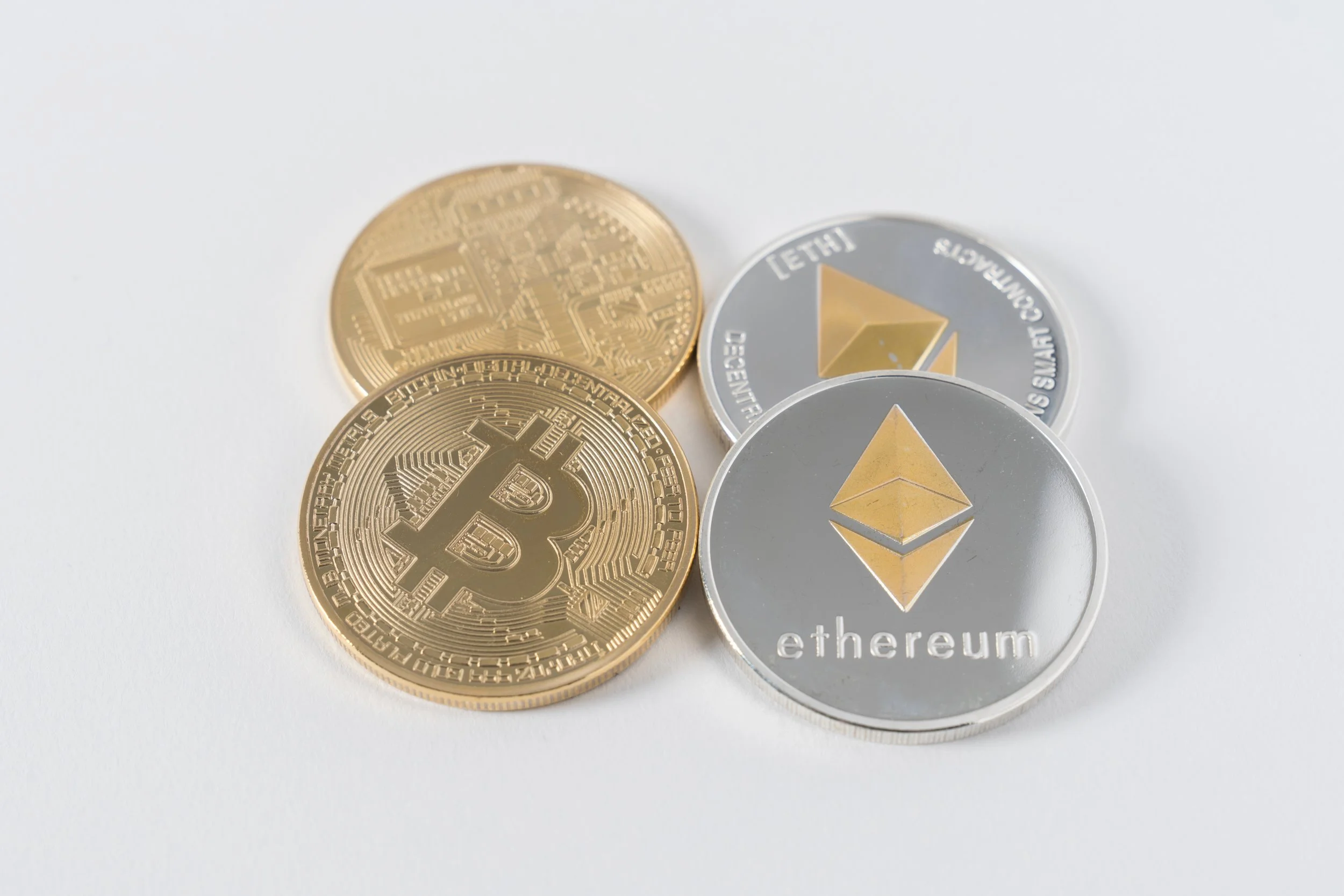Cryptocurrencies and the market that drives them are expanding at a rapid pace. Even if you’ve been following cryptocurrencies from their start in 2009, it can be difficult to keep up with the different types of cryptocurrencies available for mining, trading, and spending.
Whether you’re looking to invest or start mining cryptocurrencies, it’s important to understand the different complexities and values of each currency.
The Origin of Cryptocurrencies
A recent count totaled the number of cryptocurrencies on the market in 2019 at 2,322. To put that in perspective, there are 180 traditional (or fiat) currencies in the world that are monitored by governing agencies and traded with established values. Governing agencies will only acknowledge and support specific types of currencies at a time.
Cryptocurrencies, on the other hand, are monitored by the networks that created them. When a new network is created, a new cryptocurrency comes into existence.
The first actual cryptocurrency was created in 2009 by a pseudonymous developer known as Satoshi Nakamoto. Nakamoto published a paper that proposed the most well-known cryptocurrency, Bitcoin. In the paper, Nakamoto used earlier cryptographic theories as a foundation to deploy the technology, algorithm, and proof-of-work function that would allow Bitcoin to be a functional, anonymous currency.
Blockchains, Mining, and Cryptographic Algorithms
Cryptocurrencies operate on a complex foundation of technology. This of course, is part of what makes cryptocurrencies inaccessible and difficult to understand.
Cryptographic Algorithms
Each cryptocurrency exists and is supported by a network. The network associated with each cryptocurrency consists of a cryptographic algorithm, or a precise method of encrypting data from a readable form to a cipher and back to a readable context. While different cryptocurrencies operate under different cryptographic algorithms, they each require some form of algorithm to work.
Blockchains
Blockchain is another fundamental element of all cryptocurrency technology. Blockchain is essentially the way a network validates or confirms its own currency. To put it plainly, the cryptocurrency is validated on a network by a chain of blocks made up of transaction data. The cryptographic algorithm establishes how the data is manipulated in the blocks and how they’re added to the chain.
Mining
On a cryptocurrency network, mining is the process of validation that each block of transaction data undergoes. As these transactions are validated successfully, miners receive a new unit of cryptocurrency as a reward. The network is therefore maintained at the same time its value is determined. Miners are distinguished by their own public and private keys that identify them on the network. These keys are also used to spend their mined coins.
New Cryptocurrencies Arise
If you think of a cryptocurrency network as a country, then the different types of cryptocurrencies serve as that country’s currency. While the currencies aren’t necessarily in competition with one another, they all carry their own values and bring benefits to those on their respective networks.
People began creating alternative networks to Bitcoin that use different cryptographic algorithms and other technology, which changes the difficulty and security of mining blockchain. Because each network has its own unique size and set of processes, the networks produce coins that carry different values.
Our Take
All of these factors, from cryptographic algorithm, to mining, to size of network, determines the differences between the individual cryptocurrencies available on the market at any given time. The differences in each create unique opportunities for users. They also create unique challenges.
But this isn’t a new market dynamic. When sectors like energy (think electricity) and telecommunications (think the telephone) were in their infancy, hoards of players entered the market with their own unique spin on the newly introduced technologies. While this doesn’t mean we need to wait for more market consolidation, it does mean that a number of players will continue to enter and exit the market. Cryptocurrencies will stabilize as consumers determine, using their own money, how to best use this technology moving forward.

